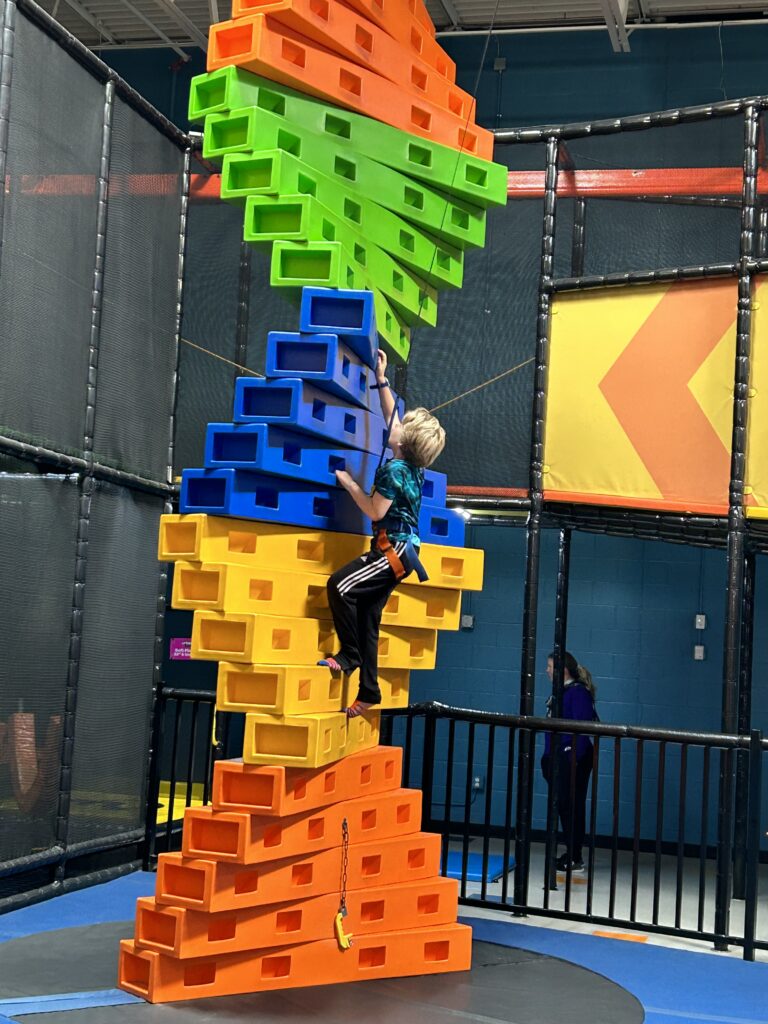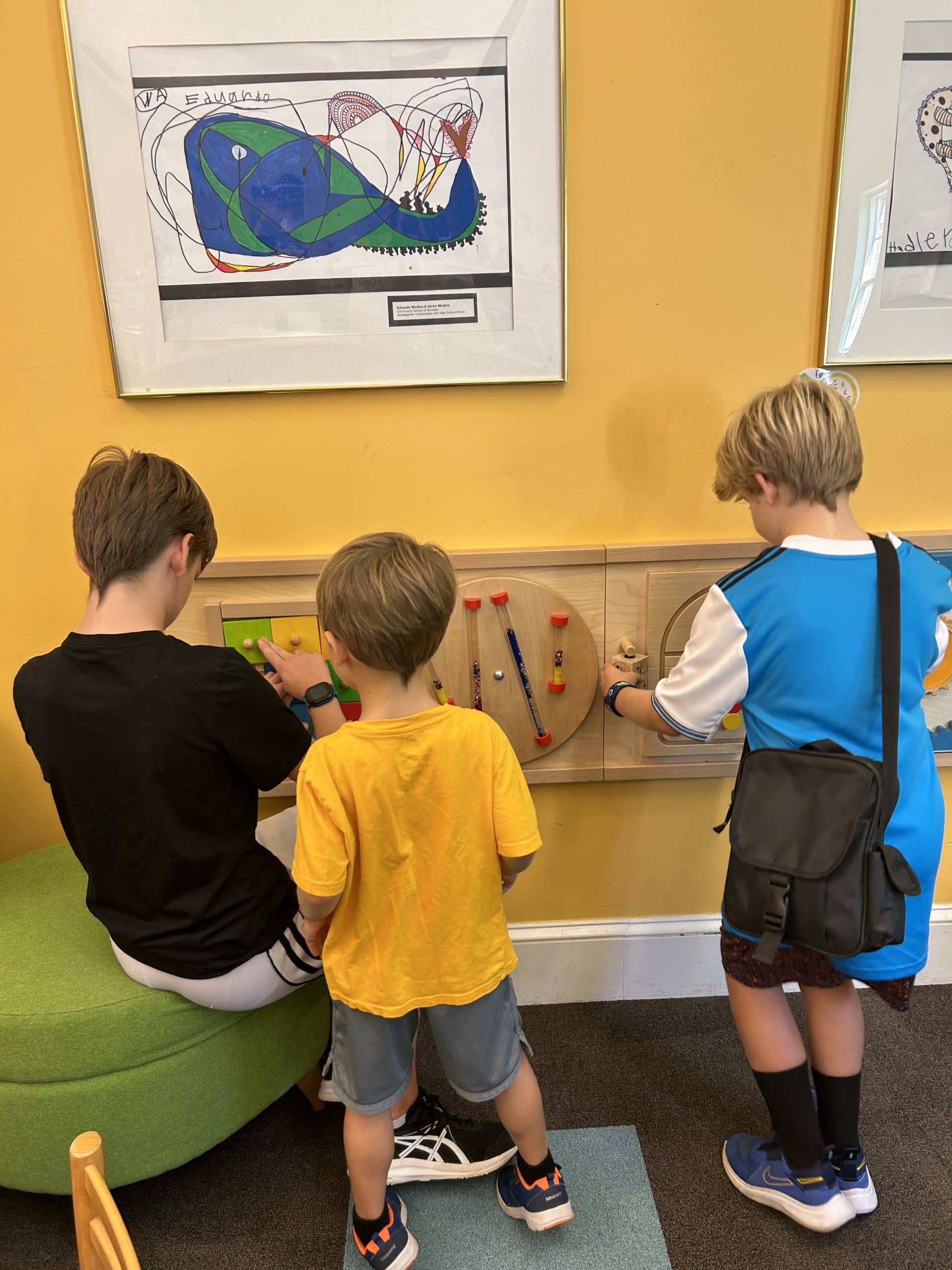Physical activity is important in a student’s physical growth and development. It also plays a large part in improving academic performance. Students who get regular exercise have better concentration in class and improved brain function. Exercise reduces stress and increases a student’s mood. According to Boris Cheval, “The effectiveness of physical activity on school performance, particularly in mathematics, has been demonstrated by numerous randomised controlled studies”.
Physical Activity and the Brain
Charles Basch from Columbia University lists how exercise improves brain function.
- There is increased blood flow.
- Focus, concentration, and the ability to recall information increased.
- Learning, memory, and higher-level thinking are increased.
One study says that students who participate in physical activity can easily read passages containing several grammatical errors.
Other studies reveal the effects of a student’s soft skills and life skills. It boosts a student’s self-esteem, cultivates peer relationships, motivates students, and builds core values such as respect and social responsibility.
Sports Not Included
Not all students are designed to play a sport. Taking a walk outside or walking on a treadmill for 30 minutes increases problem-solving skills.
Many schools provide time for students to exercise the minimum requirement through outdoor recess or physical education classes. However, the effects of the exercise depend on each student. Students exposed to various exercises further develop their self-esteem.
Exercise can cure a bad mood. Working the muscles results in a positive feeling. The mental health side of exercise has short-term and long-term benefits. Exercise helps to balance the levels of hormones related to stress, depression, and weight gain. Any type of exercise improves hormone function.
High Intensity vs Low Intensity
Running and games that involve running and sprinting have a higher effect on academic performance than lower-intensity activities. An activity that requires muscle coordination, such as balancing and reaction time, gives students better concentration in school.
Regardless of the type of physical activity and its effects on academics, exercise is important to a student’s well-being. It builds strong bones and muscles and controls weight. It eliminates risks for heart disease, cancer, and diabetes.
Physical Education vs Physical Activity
A school’s physical education programs teach students skills and knowledge. This enables them to keep an active life outside of school. Through PE classes, teachers assess knowledge, motor, and social skills. Classes also give students a safe, supportive environment.
Recreational physical activity is any type of body movement. It includes outside activities, free play at a playground, weight lifting, gardening, etc. Physical education and physical activity go hand-in-hand. They both build knowledge and skills, and are important to the well-being of students.



